Introduction and Package
Introduction of the HIS R9 290X iPower IceQ X2 Turbo 4GB

Recently, we got a chance to look at the HIS Radeon R9 290 4GB IceQ X2 Turbo and found ourselves extremely impressed with what HIS was offering us. If you also thought the card was great but thought to yourself that you might like a bit more power out of the box, we might just have the card you're looking for today.
The HIS R9 290X iPower IceQ X2 Turbo 4GB is the next step up in the line of iPower video cards from HIS. Carrying the highly popular R9 290X chip, the card is sure to put out some strong performance out of the box. It is then made even stronger by the fact that this particular model falls into the Turbo series, which means it comes overclocked out of the box.
Because we've already looked at the R9 290X a couple of times, we've decided to overclock the card even further to see just what kind of performance we're able to get out of the latest model from HIS. To top everything off today, we're also going to be introducing some new benchmarks into our line up and getting rid of a couple of older ones.
For the synthetic side of things, we're adding the new 3DMark Sky Diver Benchmark that was added to the latest version of 3DMark. We've also included Catzilla, a new benchmark that is gaining momentum in the benchmarking community. As for the real-world side of things, we've included the brand new GRID Autosport. That just about wraps everything up, so let's check out the bundle to see just what we're dealing with here today.
Package - What comes inside the box


Taking a look at the overall box design, you can see it's all very standard with the blue and white color scheme. You can see HIS, IceQ X2, and the model number all clearly on the front along with the Turbo and iPower logo.
Turning the box over, you can see some of the main details, including a cooler and quieter design thanks to the IceQ X2 cooling technology that brings with it a 5-heat pipe dual fan heat sink setup. You can see the iPower feature also brings with it full solid state capacitors and a six dynamic phase control PWM IC setup.

Moving inside the box, you can see we don't have a whole lot going on, which is very typical with HIS video cards. We have the standard Driver CD alongside a manual and an HIS sticker for your case. While it's not much, the overall bundle is pretty typical of video cards these days.
PRICING: You can find the HIS R9 290X iPower IceQ X2 Turbo 4GB for sale below. The prices listed are valid at the time of writing but can change at any time. Click the link to see the very latest pricing for the best deal.
United States: The HIS R9 290X iPower IceQ X2 Turbo 4GB retails for $609.99 at Amazon.
Video Card Details and Specifications
Close up with the HIS R9 290X iPower IceQ X2 Turbo 4GB

Taking a look at the card, you can see the overall design is pretty much identical to the R9 290 version of the card. We have the same gold shroud with a funky looking X in the middle of the card. We have a dual fan setup with a massive heat sink sitting behind the shroud. A total of five heat pipes are on offer from the card to help draw the heat away from the core. We're going to be making full use of the cooler today as we really overclock this bad boy.


Because this card is using a nine stage PWM Phase setup instead of an eight stage one seen on the reference R9 290X, we can see that the HIS R9 290X iPower IceQ X2 Turbo 4GB opts for a dual 8-Pin PCIe setup instead of the standard single 6-Pin and 8-Pin PCIe setup. This should provide a cleaner line of power and help with overclocking. Here you can also get an idea of the heat sink setup, which sees the large aluminum heat sink hang over the back of the card.
Staying at the top of the card but moving closer to the front, you can see it's a fairly plain setup due to the lack of CrossFire connectors that have been removed on the R9 290 series. Instead, you can see just a small switch that lets us switch between the two BIOS.

Looking at the I/O side of things, we have all of the standard connectors here, with two Dual-Link DVI connectors sitting alongside an HDMI and DisplayPort connector. You can see HIS has placed some vents in the spare space to help push some of the hot air out the back of the case. Overall, it's a very standard setup that shouldn't really surprise you.
Specifications
Being part of the Turbo series means that the HIS R9 290X iPower IceQ X2 Turbo 4GB comes overclocked out of the box. Looking below, you can see the core has been pushed to 1040MHz, which is up from the default 1000MHz clock. As for the 4GB of GDDR5, HIS has actually chosen to overclock that this time.
Looking below, you can see that it has been pushed to 1350MHz, which translates to 5400MHz QDR. This is 400MHz QDR up from the standard 5000MHz QDR clock that the R9 290X 4GB sees out of the box. As we mentioned already, we're going to be overclocking the card even higher today.
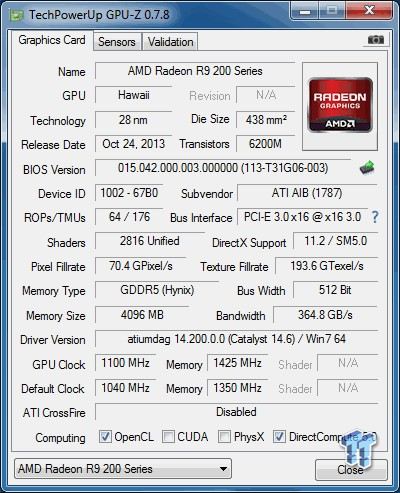
Looking above, you can see that the core has been pushed up to a solid 1100MHz. This is a solid gain considering the original reference R9 290X 4GB topped out at just 1065MHz. As for the 4GB of GDDR5, that has been upped to 1425MHz or 5700MHz QDR.
That's a solid increase from the stock overclock, and an even better one from the reference 5000MHz QDR memory clock. This is a nice overclock and should bring with it some strong performance.
Test System Setup & FPS Numbers Explained
Test System Setup

We would like to thank the following companies for supplying and supporting us with our test system hardware and equipment: Intel, ASUS, and Corsair.
We have a bunch of cards here in our graphs today starting with our HIS R9 290X iPower IceQ X2 Turbo 4GB that has been overclocked to 1100MHz on the core and 5700MHz QDR on the memory. Alongside that, we have from the AMD side of things the MSI R9 280X 6GB Twin Frozr Gaming OC running at 1200MHz on the core and 7000MHz QDR on the memory, the HIS R9 290 4GB IceQ X2 Turbo, which is the model below this one, and the reference R9 290X 4GB running in "Uber Mode."
On the NVIDIA front, we've also got a couple of cards, including the reference clocked GTX 770 2GB, the ASUS GTX 780 ROG Poseidon Platinum 3GB OC, and the MSI GTX 780 6GB Twin Frozr Gaming OC, which is running at 1050MHz on the core and 6400MHz QDR on the memory.
Finally, before we get into the benchmarking side of things, if you did skip the introduction, I'll just make note again that we've included three new benchmarks in our lineup today, including 3DMark Sky Diver, Catzilla, and GRID Autosport.
With these benchmarks being new, we don't have much in the way of comparisons, which is mentioned below. Over the coming weeks and months, these graphs will really fill out as we look at more and more video cards.
The FPS Numbers Explained
When we benchmark our video cards and look at the graphs, we aim to get to a certain level of FPS which we consider playable. While many may argue that the human eye can't see over 24 FPS or 30 FPS, any true gamer will tell you that as we climb higher in Frames Per Seconds (FPS), the overall gameplay feels smoother. There are three numbers we're looking out for when it comes to our benchmarks.
30 FPS - It's the minimum number we aim for when it comes to games. If you're not dropping below 30 FPS during games, you're going to have a nice and smooth gaming experience. The ideal situation is that even in a heavy fire fight, the minimum stays above 30 FPS making sure that you can continue to aim easily or turn the corner with no dramas.
60 FPS - It's the average we look for when we don't have a minimum coming at us. If we're getting an average of 60 FPS, we should have a minimum of 30 FPS or better and as mentioned above, it means We have some smooth game play happening.
120 FPS - The new number that we've been hunting down over recent months. If you're the owner of a 120 Hz monitor, to get the most out of it you want to get around the 120 FPS mark. Moving from 60 FPS / 60 Hz to 120 FPS / 120 Hz brings with it a certain fluidity that can't really be explained, but instead has to be experienced. Of course, if you're buying a 120 Hz monitor to take advantage of 3D, an average of 120 FPS in our benchmark means that in 3D you will have an average of 60 FPS, which again means you should expect some smooth gameplay.
Why are some graphs incomplete?
Adding new game benchmarks is a long, tedious and time consuming task as every video card has to be re-tested in those new benchmarks. Because of that reason we have always just evaluated our benchmark line up every six months. To stay up to date and current with the latest benchmarks and games available, we've changed our approach to adding new benchmarks.
Our benchmark line up will progress and be updated as newer more intensive games with benchmarks comes to light. While this will mean that initially you may only see a single video card in those particular graphs, as the weeks go on and we test more and more video cards, the results will grow quickly. This will help keep our benchmark line up as up to date as possible as we introduce and remove games on a constant basis.
Benchmarks - 3DMark
3DMark 11
Version and / or Patch Used: 1.1
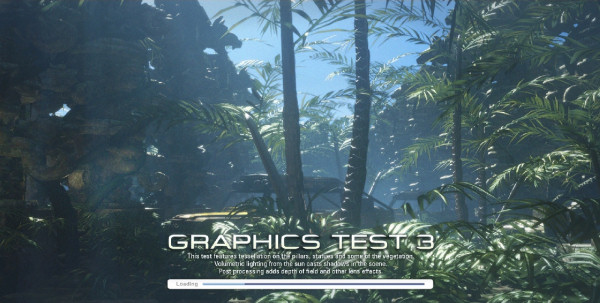
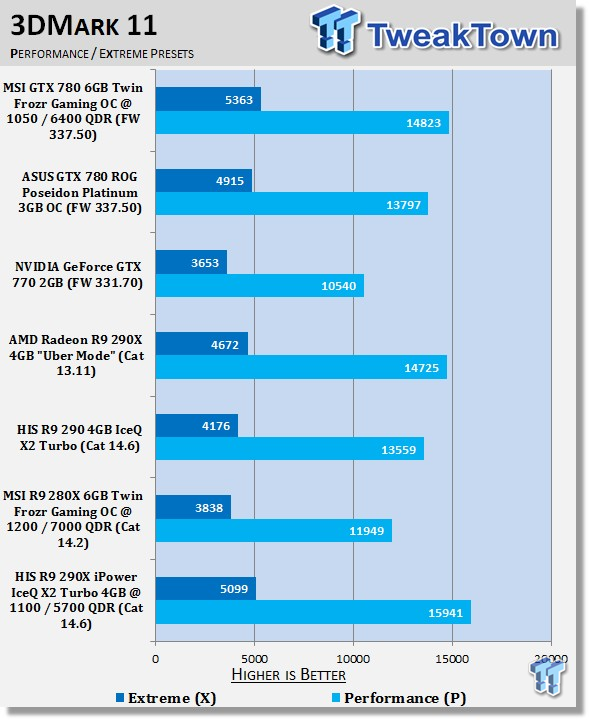
Staring with 3DMark 11, we can straight away see that our HIS R9 290X iPower IceQ X2 Turbo 4GB performs extremely well against the competition thanks to our overclock. The Performance preset is way ahead of the competition, while the more stressful Extreme preset sees the card fall just a little behind the heavily overclocked 6GB GTX 780.
3DMark Fire Strike
Version and / or Patch Used: 1
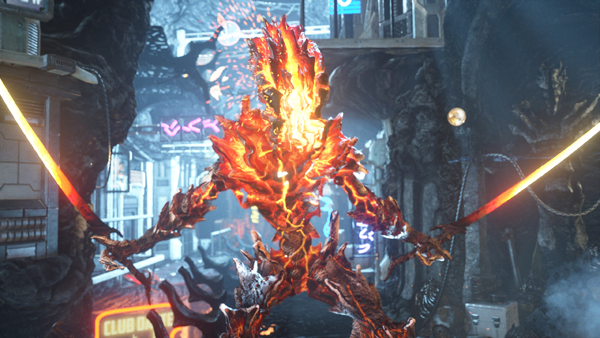

Fire Strike performance is excellent, and you can see that our overclocked HIS R9 290X iPower IceQ X2 Turbo 4GB has no problem taking on the competition here at both the Standard and Extreme preset.
Benchmarks - 3DMark Sky Diver & Catzilla
3DMark Sky Diver
Version and / or Patch Used: 1.1


Looking above, you can see we have a pretty high score, but with it not being compared to anything, it's a little hard to tell just how it sits. We'll know more in the coming weeks as we test more and more video cards.
Catzilla
Version and / or Patch Used: 1.3


Just like above in 3DMark Sky Diver, being a synthetic benchmark and having no results outside of our HIS R9 290X iPower IceQ X2 Turbo 4GB, it's a little difficult to tell just how this card sits against the competition. We have to start somewhere, though, and as we just mentioned, we will see this graph fill out in the coming weeks.
Benchmarks - Unigine Heaven & Phantasy Star Online 2
Unigine Heaven Benchmark
Version and / or Patch Used: 3
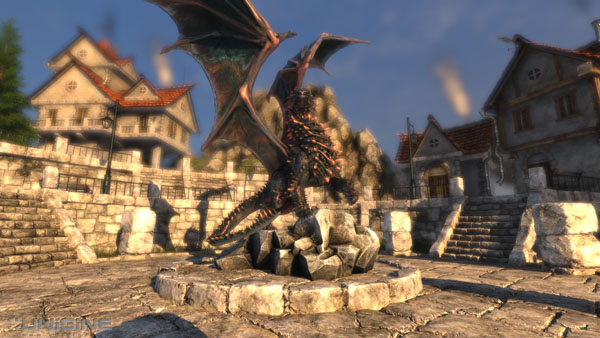

Heaven performance is strong on our HIS R9 290X iPower IceQ X2 Turbo 4GB. While we do see the heavily overclocked MSI GTX 780 6GB win out at both resolutions, it's not a huge surprise due to the heavy tessellation, a technology that has always favored NVIDIA offerings.
Phantasy Star Online 2
Version and / or Patch Used: Standalone Benchmark
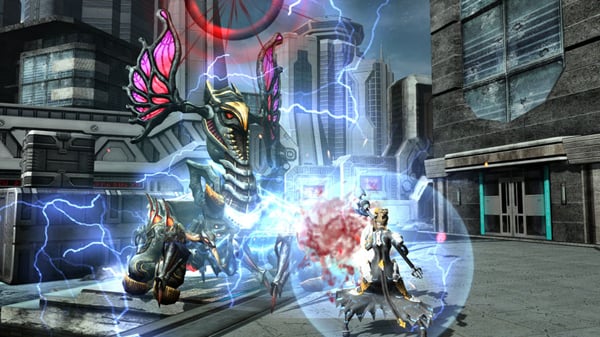

PSO 2 performance is really strong, and the HIS R9 290X lines up with our MSI GTX 680 6GB here. This game has always benefited from overclocking, and you can see we have a really nice increase in performance from our HIS R9 290X iPower IceQ X2 Turbo 4GB over the reference R9 290X 4GB.
Benchmarks - Lost Planet 2 & Just Cause 2
Lost Planet 2
Version and / or Patch Used: Standalone Benchmark
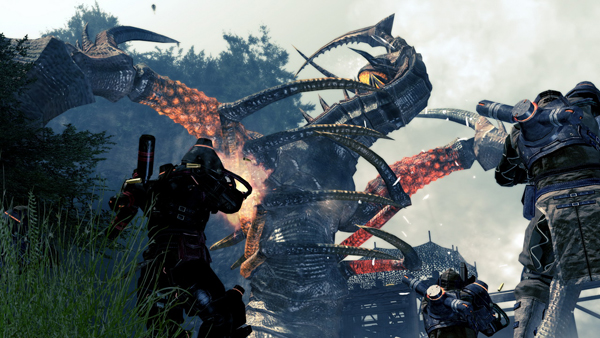

Lost Planet 2 performance is strong across the board, with playability not being an issue at all resolutions. You can see that the GTX 780s do come out ahead at all resolutions thanks to that strong use of tessellation.
Just Cause 2
Version and / or Patch Used: Latest Steam Update


Just Cause 2 looks great, with fantastic performance seen at all resolutions. Looking above, we can see our HIS R9 290X iPower IceQ X2 Turbo 4GB outperforms all of our other cards here without an issue.
Benchmarks - Metro Last Light & Nexuiz
Metro Last Light
Version and / or Patch Used: Latest Steam Update


Metro Last Light sees the HIS R9 290X iPower IceQ X2 Turbo 4GB outperform all of our other cards, sneaking just ahead of our heavily overclocked MSI GTX 780 6GB. At the highest resolution, you can see we still fall a little short of that 60 FPS we're on the hunt for.
Nexuiz
Version and / or Patch Used: Latest Steam Update
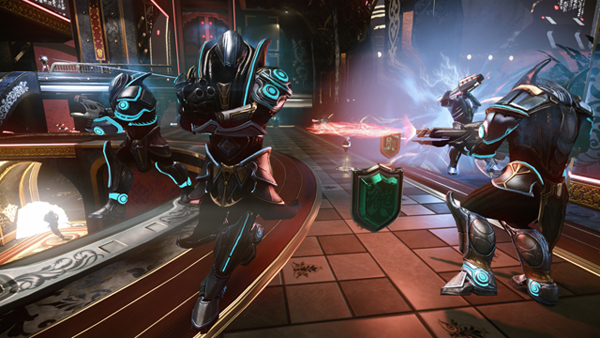

Nexuiz sees our HIS R9 290X iPower IceQ X2 Turbo 4GB and heavily overclocked GTX 780 6GB from MSI perform nearly identically at all resolutions. That means that 1680x1050 isn't an issue, but 1920x1200 falls short by just an FPS or two depending on the card. Moving to 2560x1600 means that the FPS plummet, and both cards score just a 32 FPS average.
Benchmarks - Sniper Elite V2 & Sleeping Dogs
Sniper Elite V2
Version and / or Patch Used: Standalone Benchmark
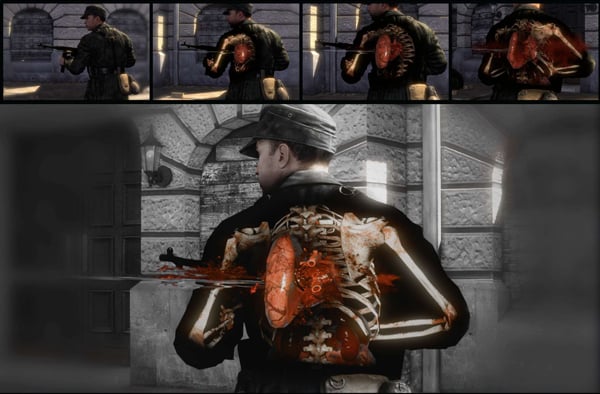

Sniper Elite V2 puts out some great numbers at all resolutions. While you can see we fall a little behind our GTX 780 offerings across the board, even the highest resolution, we manage to score an extremely strong 93 FPS.
Sleeping Dogs
Version and / or Patch Used: Latest Steam Update


Sleeping Dogs hits a bit of an FPS wall on our AMD offerings, and because of that, you can see the HIS R9 290X iPower IceQ X2 Turbo 4GB is outperformed by the GTX 780s at both 1680x1050 and 1920x1200. At 2560x1600, though, you can see it lines up with our overclocked MSI GTX 780 6GB. Most important is the fact that we have playable FPS at all resolutions.
Benchmarks - Hitman Absolution & Tomb Raider
Hitman Absolution
Version and / or Patch Used: Latest Steam Update
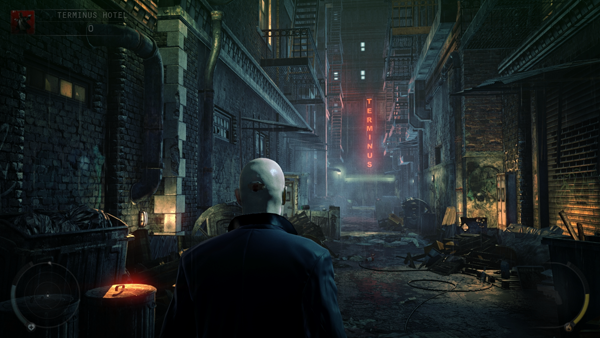

Hitman Absolution hits a wall earlier with the AMD offerings than the NVIDIA offerings, and because of that, we again see the GTX 780s outperform the HIS R9 290X iPower IceQ X2 Turbo 4GB at the lower resolutions. While the HIS R9 290X iPower IceQ X2 Turbo 4GB still hits the same FPS wall, at the highest resolution, you can see its performance is stronger than our NVIDIA offerings.
Tomb Raider
Version and / or Patch Used: Latest Steam Update
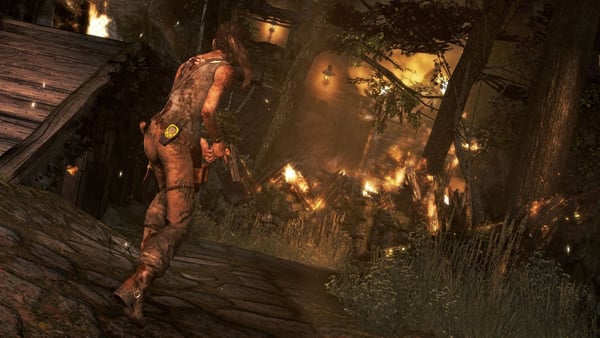

Tomb Raider performance is extremely strong across the board, with both playable numbers and numbers that are ahead of the NVIDIA offerings being seen at all resolutions.
Benchmarks - BioShock Infinite & Battlefield 4
BioShock Infinite
Version and / or Patch Used: Latest Steam Update
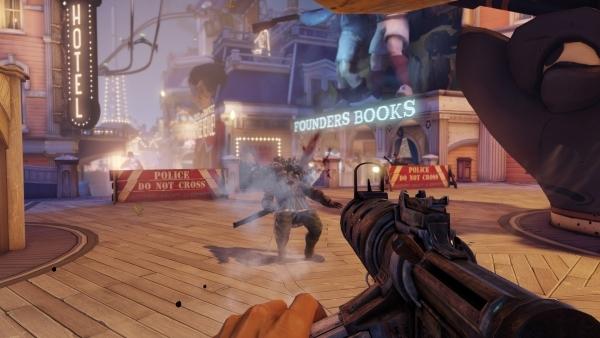

While BioShock Infinite performance is behind the NVIDIA offerings at all resolutions, you can see the HIS R9 290X iPower IceQ X2 Turbo 4GB manages to just sneak out 61 FPS at the highest resolution, making BioShock Infinite playable at all resolutions.
Battlefield 4
Version and / or Patch Used: Latest Origin Update


Performance across the board is strong under Battlefield 4, and you can see our HIS R9 290X iPower IceQ X2 Turbo 4GB performs pretty closely to the overclocked MSI GTX 780 6GB, with both cards going a bit back and forth depending on the resolution and test.
Benchmarks - GRID Autosport
Grid Autosport
Version and / or Patch Used: Latest Steam Update
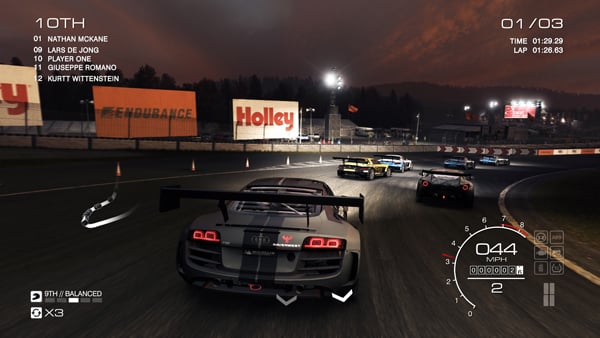

GRID Autosport, our newest benchmark, sees an FPS wall being hit pretty much at all resolutions. While the numbers are extremely playable, we're hoping that we see drivers give our higher-end AMD offerings a bit more breathing room. We don't know how the game looks on NVIDIA cards, but I'm sure we'll find out very soon.
Benchmarks - High Quality AA and AF
High Quality AA and AF Testing
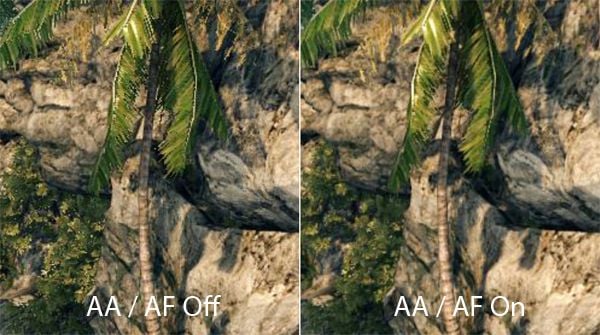
While we test all our games with maximum in-game settings, turning on Anti-Aliasing (AA) and Antistrophic Filtering (AF) helps take the intensity of our testing to another level.
Here we see video cards go from playable FPS to unplayable FPS, and the real power houses continue to help break that 60 FPS mark we always aim for to provide a smooth gaming experience.
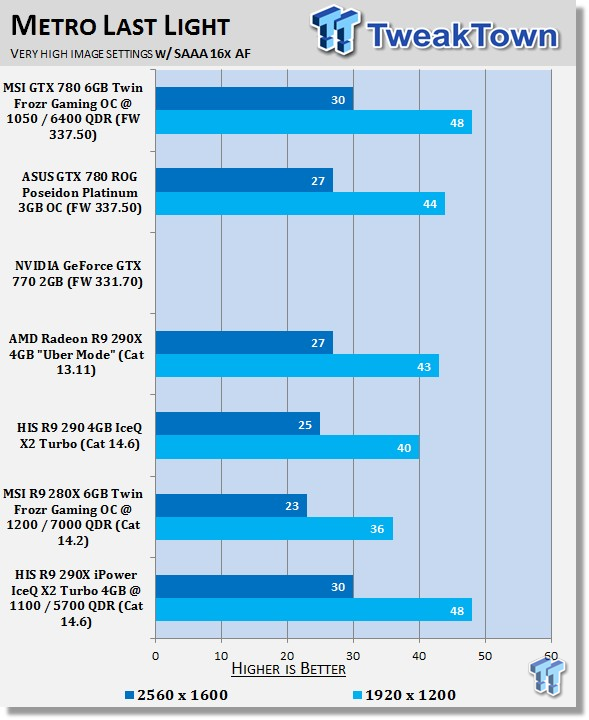
With AA and AF turned on, we see Metro Last Light performance plummet. You can see above that the HIS R9 290X iPower IceQ X2 Turbo 4GB actually scores perfectly in line with our overclocked MSI GTX 780 6GB, but both are below that 60 FPS number we're always-on the hunt for.

Even with AA and AF on, we can see that GRID Autosport still hits that FPS wall. While we're never happy about an FPS wall, at least we're sitting at a playable 70+ FPS at both resolutions. We're looking forward to seeing these graphs fill up over the coming weeks.

Sleeping Dogs sees the HIS R9 290X iPower IceQ X2 Turbo 4GB come out ahead of all our other setups here, with a solid 70 FPS being seen at 1920x1200 when AA and AF is turned on. Moving to 2560x1600, you can see that our FPS plummet with a 42 FPS average.
Benchmarks - 4K - 3840x2160 Testing
4K - 3840x2160 Testing

4K monitors are the next step for gamers demanding the best in image quality. With four times the pixels of a standard 1920x1080 monitor (meaning 4x the intensity), 3840x2160 brings with it a new level of intensity to video cards.
Wanting to make sure that you're buying the right video card for a monitor that offers such a large resolution, we test the latest and greatest video cards in a couple of benchmarks to give you an idea of just what kind of setup you require.

Cranking up the resolution, you can see that while the NVIDIA offerings tend to perform stronger under Heaven thanks to the focus on tessellation, the HIS R9 290X iPower IceQ X2 Turbo 4GB manages to outperform here. This shows just how strong AMD is when it comes to pushing a serious amount of pixels.

Sleeping Dogs sees our HIS R9 290X iPower IceQ X2 Turbo 4GB give us the same 72 FPS average as the overclocked MSI GTX 780 6GB. While you can't really pick a winner between the two cards, the real winner is you, the user, as you get playable FPS at this intense resolution.

Hitman Absolution sees the HIS R9 290X iPower IceQ X2 Turbo 4GB perform strongly and a decent chunk ahead of the NVIDIA offering. While the overall 55 FPS average is a little low, combined with the strong 47 FPS minimum, we would say that overall performance would be playable for most people. You could do a slight detail drop if you wanted to bring that average up a little more.

While the HIS R9 290X iPower IceQ X2 Turbo 4GB manages to sneak ahead of our NVIDIA offering here, you can see the overall FPS on all our setups here are just way too low.

Moving back to GRID Autosport, it's nice to see that we don't hit the same 70ish FPS average wall that we've seen in our other setups. Saying that, though, the 55 FPS average is a little lower than we'd like. Combined with the strong 45 FPS minimum, we're more accepting of it.
Temperature & Sound Testing
Temperature Test

The temperature of the core is pulled from MSI Afterburner with the max reading used after a completed run of 3DMark Vantage at the Performance preset.

Cranking up the voltages and core clocks on the HIS R9 290X iPower IceQ X2 Turbo 4GB makes the card run warm. You can see, though, we're below the reference cooler. If you want to keep the temps down, you could always choose to not overclock the card.
Sound Test

Pulling out the TES 1350A Sound Level Meter, we find ourselves quickly yelling into the top of it to see how loud we can be.
After five minutes of that, we get a bit more serious and place the device two CM away from the fan on the card to find the maximum noise level of the card when idle (2D mode) and in load (3D mode).

Noise levels on the card are pretty strong, and you can see we're sitting towards the middle of the pack. Considering the extra voltage and the clocks we're dealing with, the cooler numbers aren't bad at all.
Power Consumption Testing

Using our PROVA Power Analyzer WM-01--or "Power Thingy" as it has quickly become known as to our readers--we are now able to find out what kind of power is being used by our test system and the associated video cards installed. Keep in mind that it tests the complete system (minus LCD monitor, which is plugged directly into AC wall socket).
There are a few important notes to remember, though. While our maximum power is taken in 3DMark06 at the same exact point, we have seen in particular tests the power being drawn as much as 10 percent more. We test at the exact same stage every time, so tests should be very consistent and accurate.
The other thing to remember is that our test system is bare minimum--only an SSD hard drive is used with a single CD ROM and minimal cooling fans.
So while the system might draw 400 watts in our test system, placing it into your own PC with a number of other items will result in a higher draw.

Power draw is up at just a little under 600 watts during load. Overall, it's not too bad considering the added voltage and clock speeds. For something like this, we'd recommend you get a quality power supply in the 800+ watt range.
Pricing, Availability and Final Thoughts
The HIS R9 290X iPower IceQ X2 Turbo 4GB carries with it a premium, as you'd expect, that puts us at the mid-$500 price bracket. This is pretty much in the middle of the pack when it comes to the overall pricing, and some cards are coming in at the mid- to high-$400 region, and others are going into the mid-$600 range. We even see models with water blocks fetching over $700.
At the mid-$500 range, the overall value is very good on the card thanks to the strong overclock from HIS. While most companies choose to just focus on the core clock, the fact that HIS has chosen to also bump up the memory clock by a good 400MHz QDR makes the card stand out for all of the right reasons.
The strong overclock with the improved power delivery system and the bigger dual 8-Pin PCIe power connector setup means that we're also dealing with a custom R9 290X 4GB, which again adds even more value to the card. These improvements mean that overclocking is even stronger than a reference card, and looking at our performance today, you can see that is true.
When it comes to the bundle, you can see it's pretty much on the light side of things, which is pretty standard these days. Outside of the video card, most people don't need much to get up and running. Like most companies, HIS lets the actual product do all of the talking.
Moving onto performance, the card is strong. The power setup HIS is offering clearly works as the overclock is really strong. We achieved a nice core and memory clock here today. While we didn't test the out of the box performance, we know from experience that the card will perform strongly. The decision to overclock both the core and memory is nice and will help yield slightly more performance over cards from companies that choose just to bump up the core clock.
The cooler on the card is strong, and the dual fan setup and massive heat sink that sits behind it is excellent. This isn't news to us, though, as we've used the IceQ X2 cooler before and have always been very impressed with it. It clearly does a good job as we managed to achieve a strong overclock with no issue.
Overall, HIS has a really nice R9 290X 4GB on offer here. If you're looking for something outside of the reference card, this is a great option. Again, the fact that they have chosen to overclock both the core and memory means that it stands out against the competition. If you're looking at spending this kind of money, the HIS R9 290X iPower IceQ X2 Turbo 4GB is a fantastic option.
PRICING: You can find the HIS R9 290X iPower IceQ X2 Turbo 4GB for sale below. The prices listed are valid at the time of writing but can change at any time. Click the link to see the very latest pricing for the best deal.
United States: The HIS R9 290X iPower IceQ X2 Turbo 4GB retails for $609.99 at Amazon.

